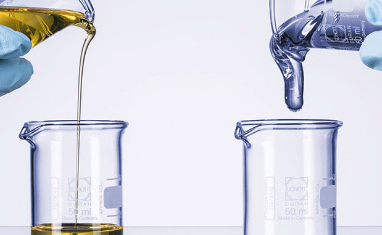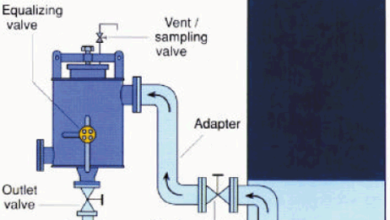Thickness of a Liquid – What Does It Mean?
We are using fluid mechanics in different areas of engineering. In this area of engineering, we are using different kinds of explanations and terms. One of these terms is the thickness of a liquid. Here, we will explain what this term means, and where we use it in the different applications.
What is the Thickness of a Liquid?
This is a very common term that people are using for explaining different kinds of things. The thickness of a liquid means the viscosity of the fluid. This term is generally used as a colloquialism.
The viscosity of the liquid means the resistance of the liquid to flowing. In science, we generally model the flow of liquid as layers flowing over each other in terms of the thickness of the liquid. And the ease of the flow of the liquid increases with the decreasing shear force requirement to flow these layers over each other.
This is the general explanation of the thickness of a liquid. So, it will be very easy for you to understand it.
Why the Thickness of a Liquid is Important?

We are using fluid flow mechanisms in different kinds of applications. And lowing of the fluid is an important parameter for a successful system. It defines the total energy that we need to spend for flowing of the liquid.
We are using different kinds of units to define the thickness of a liquid. The general units are; Poise, Centipoise, Pa.s, and mPa.s. The relation between these units is like below;
| 1 Pa s = | 10 P |
| 1000 mPa s = | 10 P |
| 1 mPa s = | 0.01 P |
| 1 mPa s = | 1 cP |
While assessing the thickness of a liquid we are generally using these values.
Another Measurement System for Thicknesses
The International Dysphagia Diet Standardisation Initiative (IDDSI) proposes another kind of measurement of the thickness of a liquid. There are 5 levels that the beverage and food industry is using to define the thickness of a liquid. These levels are like this;
- Category 0: This is the thinnest liquid level that we can find in the beverage industry.
- Category 1: A slightly thick liquid category that they are defining as light nectar liquids.
- Category 2: Mildly thick liquids that are nectar thick liquids.
- Category 3: A moderately thick liquid that is resembled honey thickness.
- Category 4: Extremely thick liquids which are identical to jelly or puddings.
This measurement is generally common in the beverage and food industry. But in mechanical engineering and other industrial applications such as hydraulics, we are using viscosity units in general.
Thinesses of Common Liquids
To make a comparison between different liquids and make an illustration about them, we can give some viscosity values about the different common liquids available in the industry.
First of all, we generally define the thickness of the water as 1 centipoise. And you can easily imagine the other liquids.
For example, we are using different resin solutions in the coating applications of different mechanical parts. The general viscosities of the resin solutions are around 800-900 centipoise. So, they are 800-900 times thicker fluids than water.
Polypropylene is another thermoplastic polymer that we are using in different applications. The thickness of these liquids is generally 240.000 which is very high.
Last Words on Thickness of Liquids
This is the general information that we can give about the thickness of a liquid. And you will be able to imagine the thicknesses of the liquids way better way.
If you have additional questions about this topic, please leave them below!



